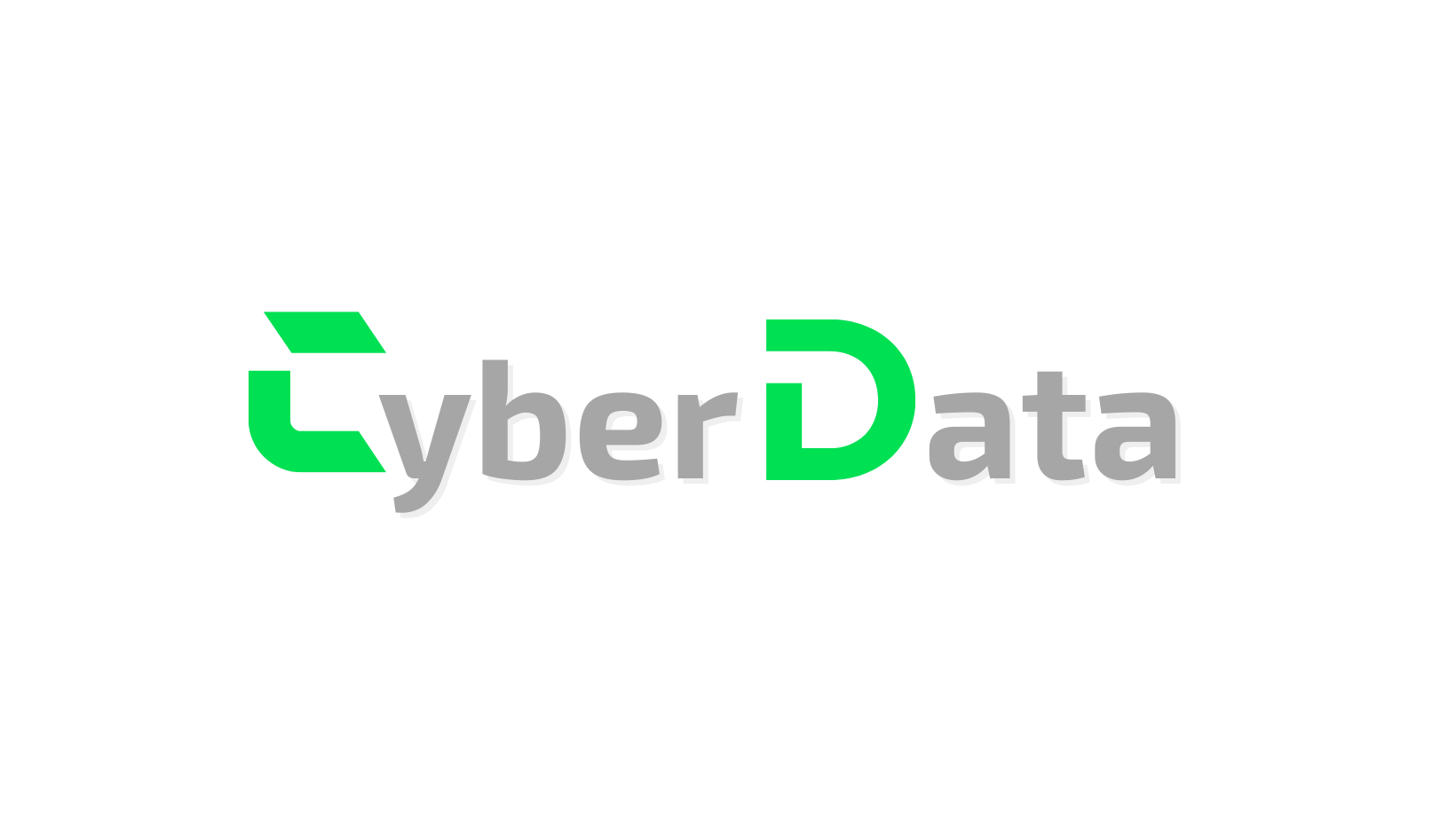2025’s Cybersecurity Circus: Ransomware, Infostealers, and the New Age of Panic
The Year Security Became Stand-Up (If It Weren’t So Tragic)
Welcome to 2025, where the cybersecurity stage is set for an epic farce. Ransomware gangs take center ring, the audience throws money at crooks, and the entire internet feels suspiciously like a clown car on fire.
Ransomware, infostealers, and “as-a-Service” threats have not only rewritten the rulebook—they’ve set it on fire and demanded a ransom for the ashes. As we surf this tsunami of cyber-chaos, it’s worth asking: is this a tragicomedy, or merely business as usual for our digital age?

How Ransomware Became a Two-Act Tragedy
The Evolution from Encryption to Exposure
Once upon a time, ransomware crooks were content with simple digital lockouts; pay up or your files become digital confetti. But in 2025, they’ve added a cruel plot twist: steal your data, then threaten its public release if you don’t fork over more cash. This dual-threat model brings a mugger who not only nabs your wallet, but threatens to stream your journal entries to the world.
Ransomware-as-a-Service (RaaS) has turned this nightmare into a subscription economy, enabling even cybercrime rookies to launch sophisticated attacks with the same effort as ordering a Friday night pizza.
The Infostealer Bonanza: Credentials, Anyone?
While ransomware gets the headlines, infostealer malware has quietly gone mainstream. These digital pickpockets harvest credentials at an industrial scale, feeding a voracious dark web marketplace. The result? An unending cycle of breaches and fraud, with a 58% surge in attacks in 2024 alone.
Even well-defended organizations are exposed, thanks to third-party vendors and scatterbrained employees unwittingly handing over the keys to the kingdom—the weakest link is always human, not hardware.
Zero-Days, Patch Day: Welcome to the Fire Drill
Zero-day vulnerabilities continue their relentless assault, forcing Microsoft, Google, and other giants into perpetual patch mode. Patch Tuesday is no longer a routine; it’s an emergency evacuation drill. CISA’s Known Exploited Vulnerabilities scroll is a grim testament to how quickly attackers innovate and defenders scramble.
A Multi-Front Battlefield: Geopolitics and Low-Cost Havoc
The digital frontline isn’t just technical anymore. Between hybrid warfare, disinformation campaigns, and security tools that anyone can rent, cybersecurity in 2025 is a chaos buffet. Defenders must update more than just firewalls—they need new systems for data access, authentication, and response at every level.
MFA coverage remains patchy, as credential-based breaches continue plaguing major cloud platforms and even city governments. Apparently, the silver bullet keeps bouncing off the target.
The Regulatory Morass: Ethics, Compliance, and Cold Reality
Governments and regulators, true to form, are always a lap behind. Enforcing standards in a world of sprawling cloud ecosystems and shadowy supply chains proves Sisyphean. The Capital One breach settlement—nearly $190 million after a simple misconfiguration—serves as a cautionary tale: complexity is the enemy of security.
Quantum of Solace? Enter AI and Quantum Defenses
Hope glimmers at the horizon thanks to quantum computing and AI-augmented defenses. These technologies promise razor-sharp threat detection and adaptive controls. But their guardrails are already being tested, and trusting automation comes with its own perils. Expect breakthroughs, but keep your hand on the panic button.
Living with the Circus
Ultimately, the cybersecurity scene in 2025 is a tragicomedy worthy of sold-out crowds. Attackers get slicker kits, defenders race to fill holes, and regulators redline the rulebook. As innovation barrels forward, Pandora’s digital box stays wide open.
The real challenge? Navigating this circus without giving away your popcorn—or your privacy. AI ethics for toddlers, anyone? The clowns have only started their act. Welcome to the new normal; don’t forget your VPN.



